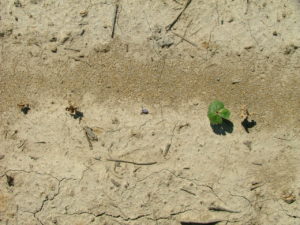
Failed Cotton Stand....Now What? (Cahoon and Everman)
Unfortunately, last week’s rain proved too much for many cotton fields. For those pondering their replant options, here are …



El inglés es el idioma de control de esta página. En la medida en que haya algún conflicto entre la traducción al inglés y la traducción, el inglés prevalece.
Al hacer clic en el enlace de traducción se activa un servicio de traducción gratuito para convertir la página al español. Al igual que con cualquier traducción por Internet, la conversión no es sensible al contexto y puede que no traduzca el texto en su significado original. NC State Extension no garantiza la exactitud del texto traducido. Por favor, tenga en cuenta que algunas aplicaciones y/o servicios pueden no funcionar como se espera cuando se traducen.
Inglês é o idioma de controle desta página. Na medida que haja algum conflito entre o texto original em Inglês e a tradução, o Inglês prevalece.
Ao clicar no link de tradução, um serviço gratuito de tradução será ativado para converter a página para o Português. Como em qualquer tradução pela internet, a conversão não é sensivel ao contexto e pode não ocorrer a tradução para o significado orginal. O serviço de Extensão da Carolina do Norte (NC State Extension) não garante a exatidão do texto traduzido. Por favor, observe que algumas funções ou serviços podem não funcionar como esperado após a tradução.
English is the controlling language of this page. To the extent there is any conflict between the English text and the translation, English controls.
Clicking on the translation link activates a free translation service to convert the page to Spanish. As with any Internet translation, the conversion is not context-sensitive and may not translate the text to its original meaning. NC State Extension does not guarantee the accuracy of the translated text. Please note that some applications and/or services may not function as expected when translated.
Collapse ▲
Unfortunately, last week’s rain proved too much for many cotton fields. For those pondering their replant options, here are …

As part of the Coronavirus Farm Assistance Program, the U.S. Department of Agriculture (USDA) announced that it will provide up …
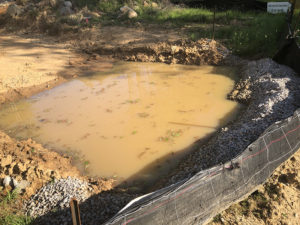
Memorial Day weekend is often the signal to fire up the grills. However, the previous week’s heavy rains in …
COVID-19 Viticulture Update 5/22/2020 Wineries can Re-open in North Carolina: Based on new guidance (EO141 Guidance on Bars) issued today on …

NC State Extension, in partnership with NC Department of Health and Human Services, NC Restaurant and Lodging Association and Visit NC, is excited to …
When is the best time to harvest for top quality milling and baking wheat? Harvest timing and weather influence wheat …
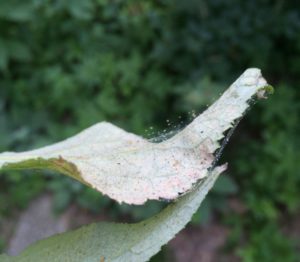
Twospotted spider mites are probably the most common spider mite species to damage ornamental plants, fruits, vegetables, and others. Twospotted …
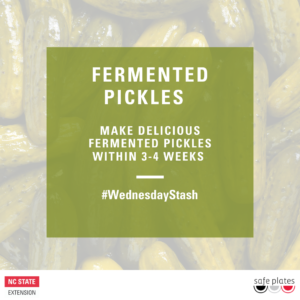
Interested in fermenting food? Start by making delicious fermented pickles that will be ready within 3-4 weeks. Fermented Pickles Recipe Yields 1-gallon …
There have been quite a few calls over the past few days from growers asking when they should consider …

Interested in learning more about freeze damage and what to look for in your corn, soybeans, and small grains? Please …
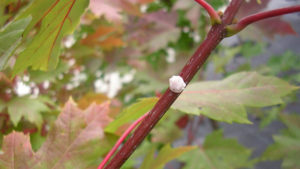
There are a couple species of wax scales (Ceroplastes spp.) in North Carolina. Common ones include Indian wax scale …

Now is the time for planting and sowing seeds in the garden! It’s also the perfect way to keep …
COVID-19 Viticulture Update 05/15/2020 News today: Viticulture: V-Credit Webinar organized by the NC Winegrowers Assoc. Monday, June 1, 2020; 10 a.m.–noon It is a …
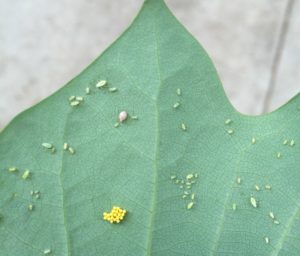
Tulip trees (Liriodendron tulipifera) have two primary pests both of which produce honeydew and both of which are actively …

Eastern tent caterpillars are common native insects that create silk webs or ‘tents’ in the branch crotches of some …

Do you have any potential freeze injury in your grain crops after the recent cool temperatures? Trying to make …

Nursery growers have been struggling with ambrosia beetles for decades. Now landscape trees are also getting attacked more frequently. …
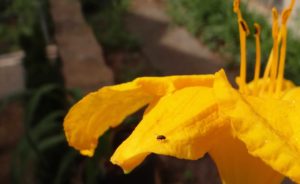
The Daylily leafminer is a recent pest from Asia. It was first detected in 2006 but has now spread …